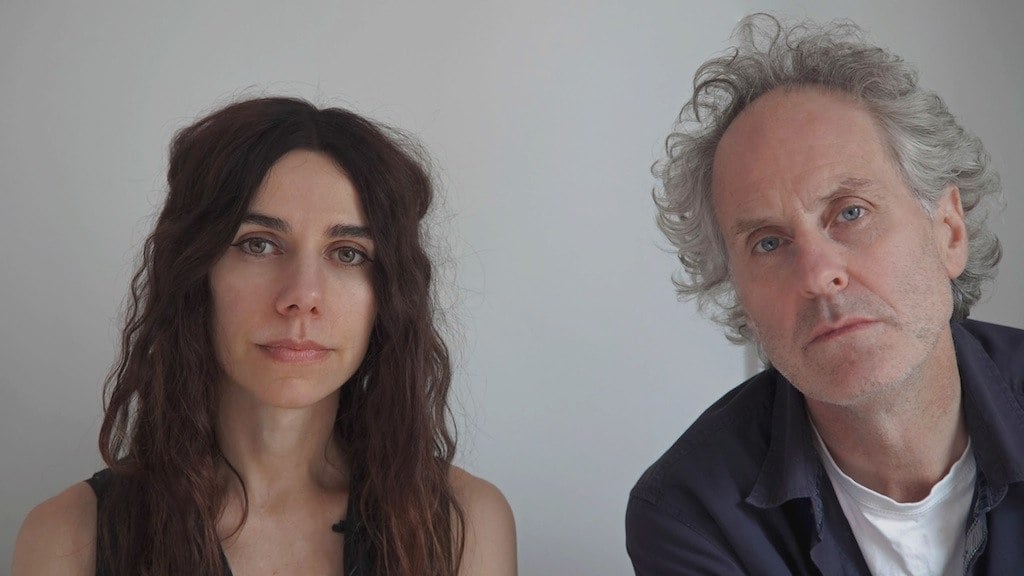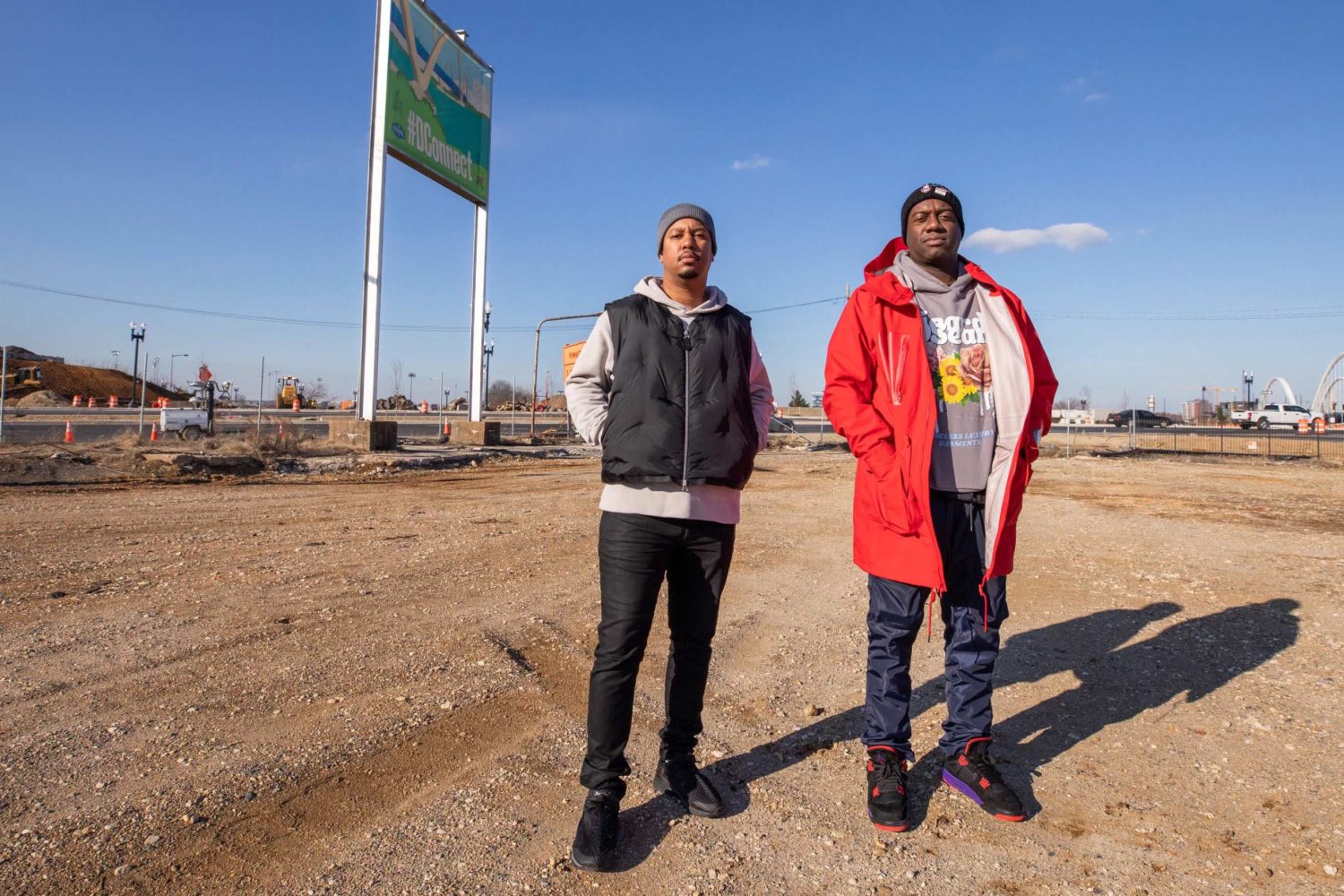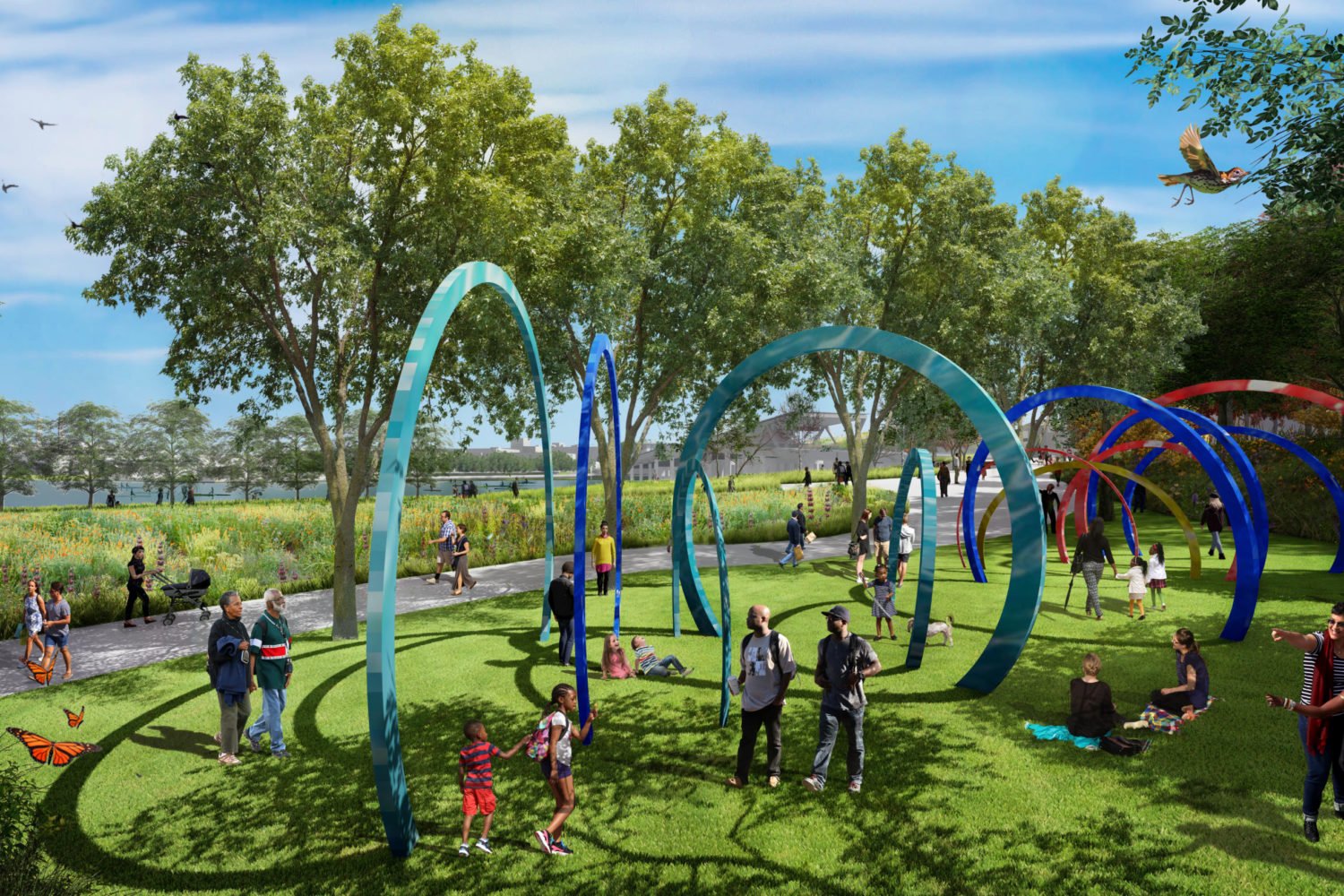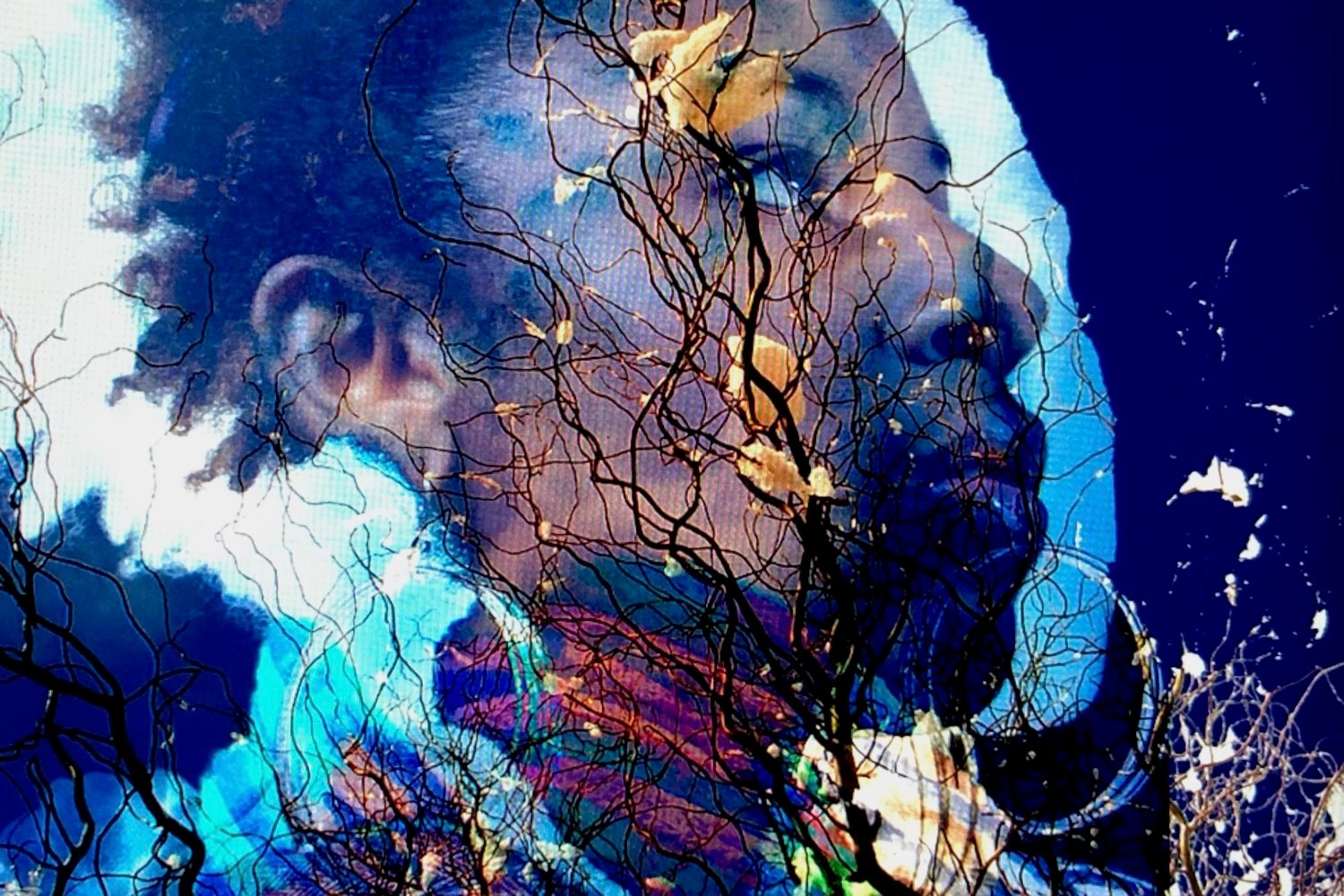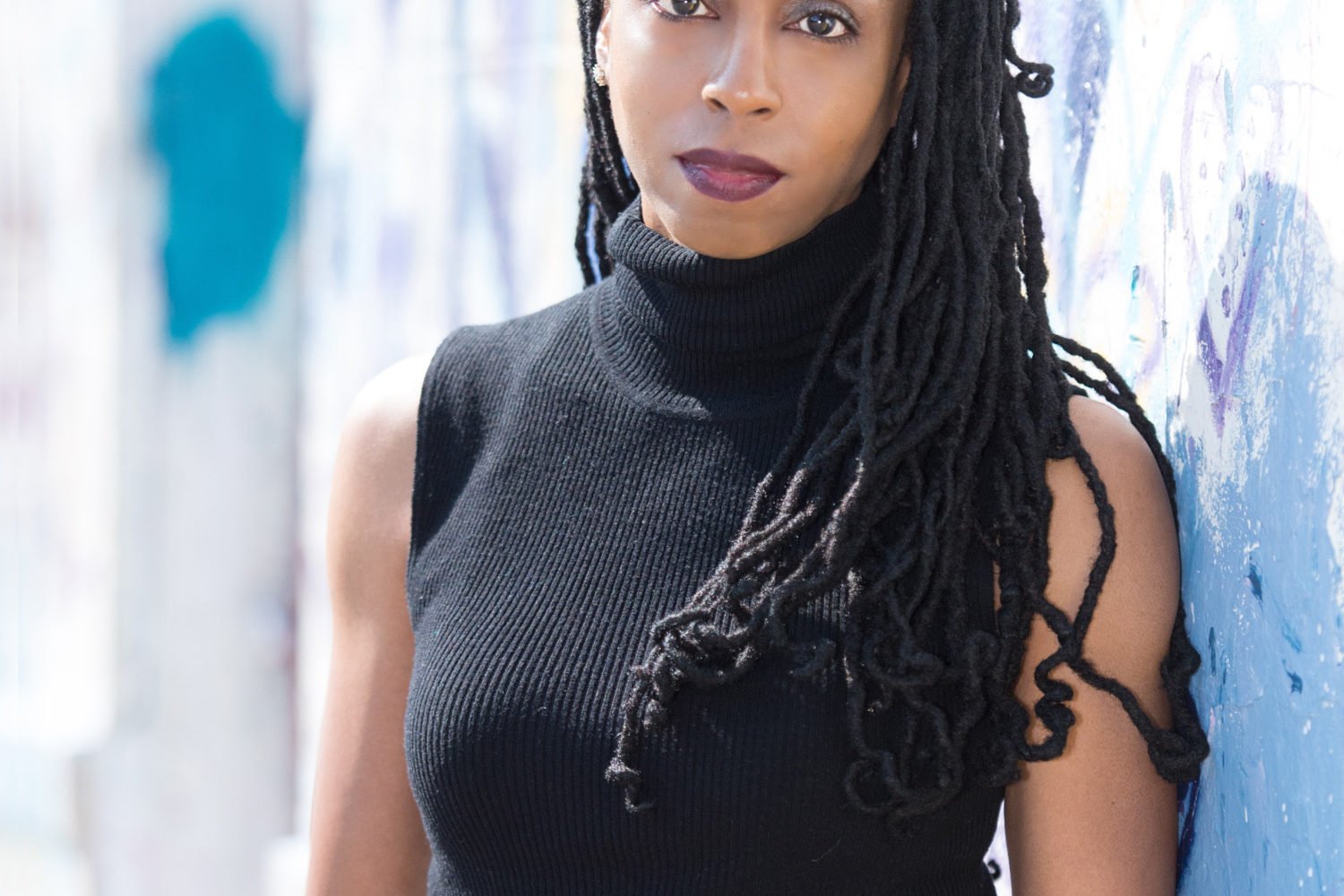While in DC for a two-week songwriting expedition through the city’s poorest neighborhoods, British indie rock artist PJ Harvey binge-watched House of Cards. The viewing experience didn’t inspire any lyrics about Frank or Claire Underwood, says Irish war photographer and Harvey collaborator Seamus Murphy, who joined her on the trip, but it did solidify an important idea about the nature of Harvey’s sojourn: she was an outsider who had come to take notes, tour Washington, and then write about those specific experiences alone.
“You’re there to observe and let that place tell you something about itself,” says Murphy. “You don’t say ‘I’m going to do a hatchet job on DC because it’s the central power in America.'”
Murphy and Harvey spent those two weeks in DC to garner inspiration for her upcoming record, The Hope Six Demolition Project. The album, due out in April, documents her time spent in the District, along with her experiences in Afghanistan and Kosovo. “We didn’t want the whole project to be about places that are far away and fairly foreign to us,” says Murphy. “We wanted to do something close to home but not actually our own home.”
Murphy had been photographing war-torn areas of Kosovo and Afghanistan since the ’90s, but when he first visited DC in 2006, he was struck by how DC failed to live up to his perception of the US. “You think DC would be an incredibly comfortable place with happiness and the great American way on display everywhere,” he says. “As anyone would tell you, DC is not like that.”
For Murphy, one of the city’s more destructive tendencies is the way its lawmakers react to criticism, such as the ones offered in Harvey’s first Washington-centered song released from The Hope Six Demolition Project. “The Community of Hope” was written following Harvey and Murphy’s trips through Southeast DC, calling both South Capitol Street and Benning Road the “pathway of death” and describing the District as a “drug town” populated by “zombies.”
Since the song dropped earlier this month, everyone from former DC Mayor Vince Gray to Community of Hope’s Leah Garrett has voiced their opinions on its accuracy. Gray called it an “inane composition.” His campaign treasurer, Chuck Thies, said, “PJ Harvey is to music what Piers Morgan is to cable news.”
Murphy dismisses these reactions as acts of flippant political opportunism—attempts by local government officials to ride the coattails of a hot-button topic into public awareness. “I think it’s people defending their own patch,” says Murphy, who shot the song’s music video. “Would those people become upset if [Harvey] talked about poverty or problems in Afghanistan or Kosovo? You probably wouldn’t have heard a word from them.”
Murphy’s relationship with the city’s residents themselves is a bit more complicated. While shooting footage in Anacostia alone one evening this January, he was mugged and robbed of nearly $4,000 worth of camera equipment. The incident, which DC police confirm, forced him to get stitches in his head. “It never happened to me in Afghanistan,” says Murphy. “Put that in your pipe and smoke it, ex-mayor, or whoever his name is.”
Still, Murphy says he and Harvey found Anacostia to be a “warm community” filled with “lovely people,” feelings that Murphy says permeate on the “affectionate” upcoming Hope Six ballad titled “River Anacostia.” During their 2014 visit to DC, they toured the area with local business owner Musa Ulusan of Mama’s Pizza Kitchen and visited some of the town’s churches. Murphy has since returned alone on two occasions too, staying in Airbnbs there both times. “People say you shouldn’t drive through it, or even get out of the car,” Murphy says about Anacostia. “Even though I got hammered over the head, I’d definitely go back.”

